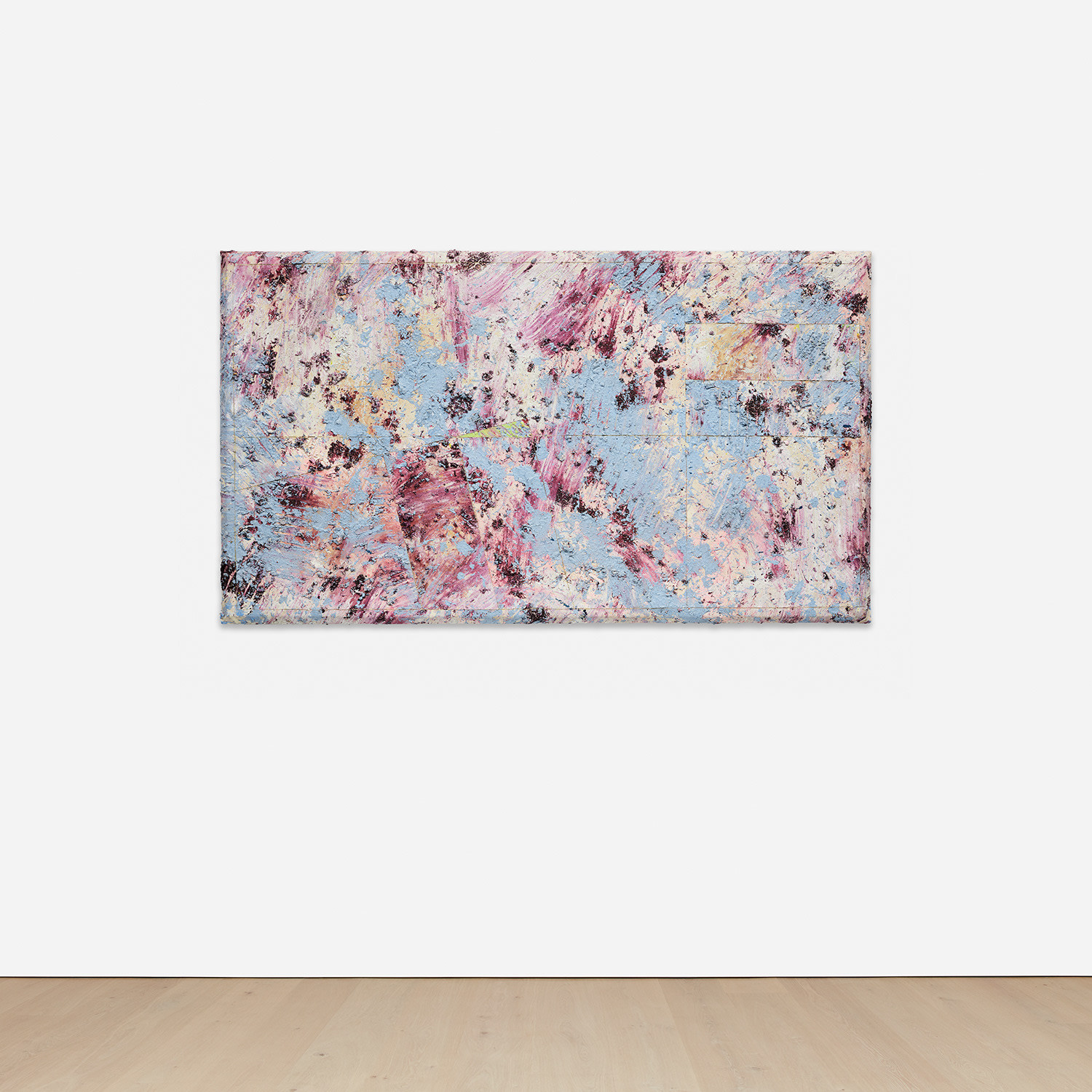



Property from a Private Collection, Virginia
28Ο◆
Sam Gilliam
New Orleans
signed, titled and dated "New Orleans – 1979 Sam Gilliam" on the reverse
acrylic on collaged beveled edge canvas
40 1/4 x 70 1/4 in. (102.2 x 178.4 cm)
Executed in 1979.